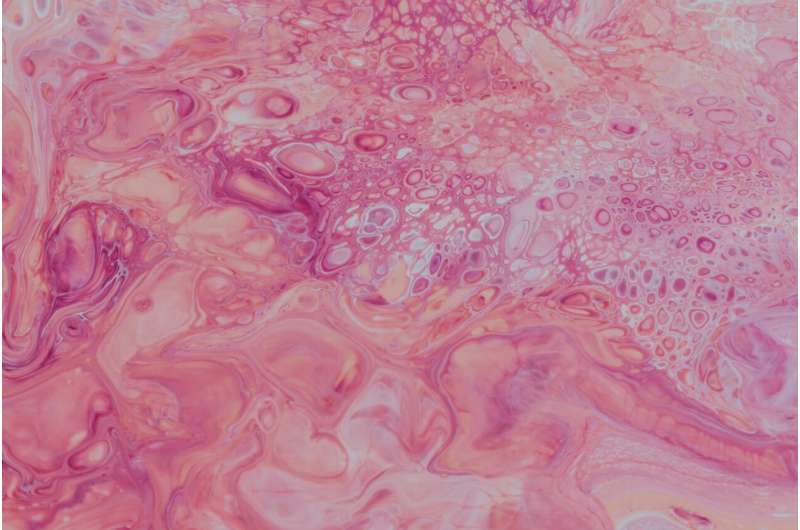Research Reveals Fatty Liver Is Common in People with Type 2 Diabetes, But Severe Liver Damage Remains Rare

New research indicates that fatty liver disease is highly prevalent among individuals with type 2 diabetes, yet severe liver damage remains uncommon. Early detection and weight loss are key to prevention.
A recent study conducted by researchers at Linköping University has shed new light on the prevalence of fatty liver disease among individuals with type 2 diabetes. The study found that approximately 60% of people with this condition show signs of metabolic dysfunction-associated fatty liver disease (MASLD), detected through advanced MRI scans. However, only a small fraction exhibited early indicators of liver cirrhosis, as measured by liver stiffness assessments.
This significant finding indicates that while fatty liver is highly common among those with type 2 diabetes, progression to severe liver damage is relatively infrequent in routine primary care settings. The research, published in the Journal of Internal Medicine, underscores the importance of screening for liver conditions in high-risk groups, particularly among patients with both obesity and type 2 diabetes.
The study also highlights that obesity substantially increases the risk of progressing to advanced liver disease. Specifically, about 13% of obese diabetic patients showed early-stage scarring, compared to only 2% of non-obese diabetic individuals. These findings emphasize the crucial role of weight management in preventing liver disease progression.
Fatty liver disease, known scientifically as metabolic dysfunction-associated fatty liver disease (MASLD), is increasingly recognized worldwide, affecting roughly one in five adults in Sweden and up to one-third globally. While fatty liver can lead to serious complications like cirrhosis, liver cancer, and increased mortality, it is often reversible through weight loss and lifestyle modifications.
The research team plans to continue monitoring these patients over the next five years to better understand disease progression and improve early detection strategies. The collaboration involved multidisciplinary experts from hepatology, radiology, physiology, and endocrinology.
Overall, the study advocates for the integration of liver screening in routine diabetes care, especially for patients with obesity, to identify those at the greatest risk and implement preventive measures early on.
Source: https://medicalxpress.com/news/2025-06-fatty-liver-common-diabetes.html
Stay Updated with Mia's Feed
Get the latest health & wellness insights delivered straight to your inbox.
Related Articles
Swedish Research Reveals Sex-Based Differences in Fat Breakdown and Lipolysis
New research reveals fundamental differences between men and women in how their bodies break down fat for energy, with implications for metabolic health and disease prevention.
New Study Confirms Safety and Effectiveness of Monoclonal Antibody Therapy in Rabies Prevention
A recent clinical study confirms the safety and effectiveness of Rabishield, a monoclonal antibody treatment, in preventing rabies after animal bites, offering hope for better global rabies control.



